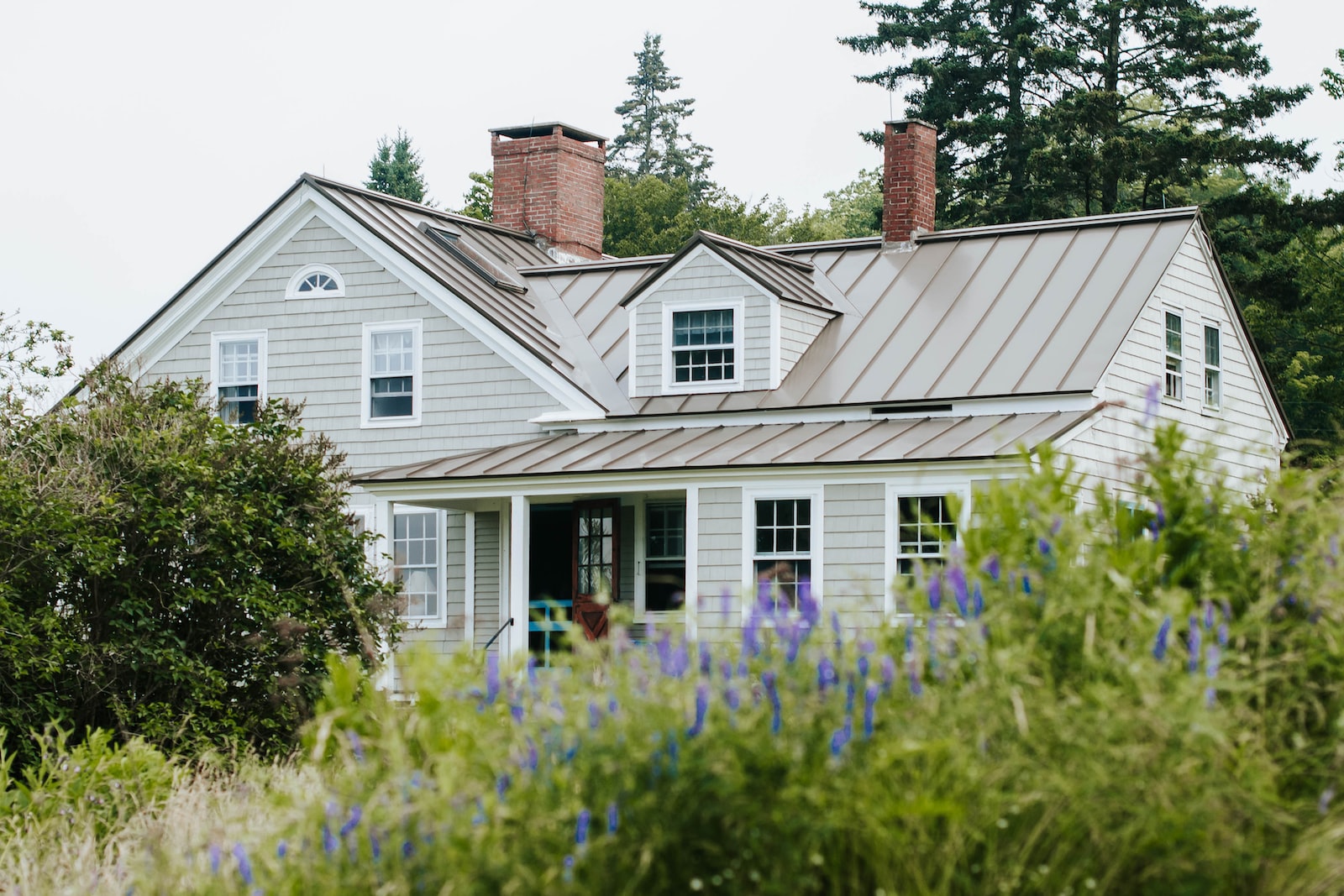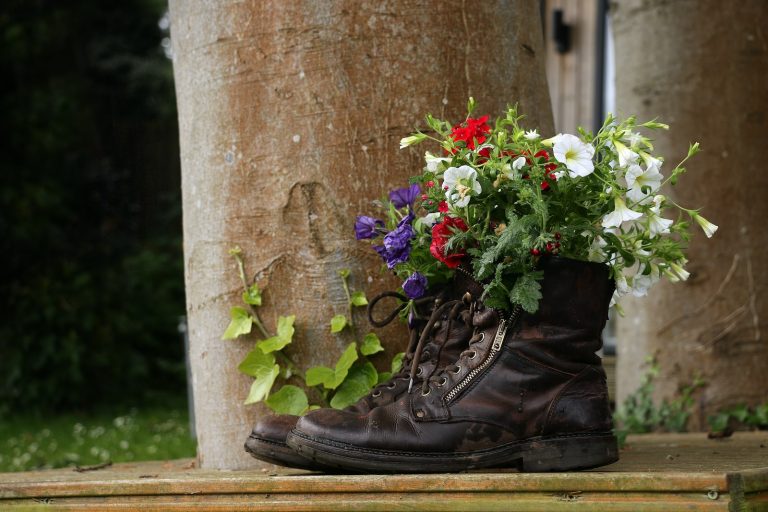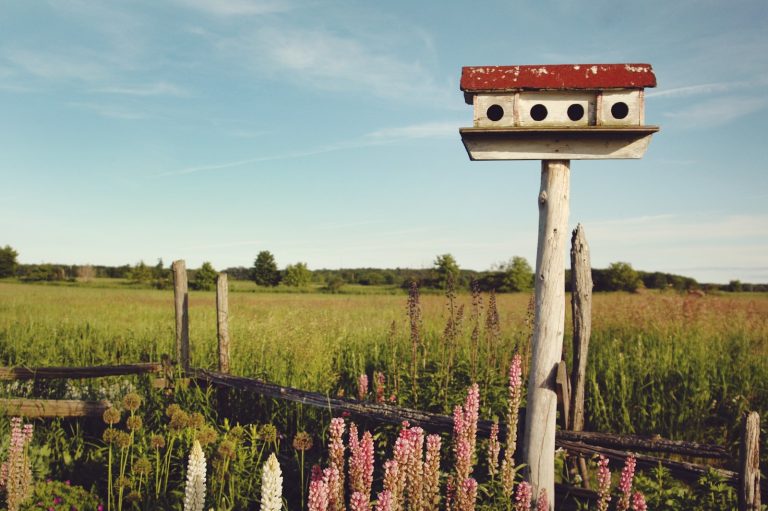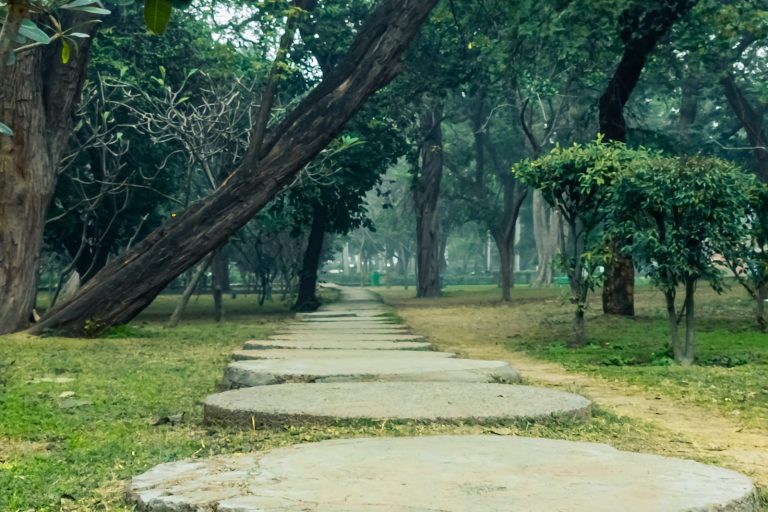How to Design a Sustainable Home Garden

Are you tired of relying on grocery stores for fresh produce? Are you looking to reduce your carbon footprint while boosting your health and wellness? Look no further than designing a sustainable home garden!
Creating a backyard oasis that is not only beautiful but also eco-friendly doesn’t have to be complicated. In this blog post, we’ll share tips and tricks to help you design a sustainable home garden that will benefit both the environment and your well-being. Let’s get started!
Sustainable Home Gardening Overview
Sustainable home gardening is an approach to gardening that seeks to minimize the impact of gardeners on the environment. Sustainable gardening practices seek to conserve water, reduce or eliminate the use of synthetic fertilizers and pesticides, and create gardens that are healthy for both people and wildlife.
In sustainable gardens, soil fertility is managed through the use of compost and other organic amendments, rather than chemical fertilizers. Pest management in a sustainable garden relies on a combination of cultural practices (such as using crop rotation), physical barriers (such as row covers), and biological controls (such as releasing beneficial insects).
When you design a sustainable home garden, there are a few key things to keep in mind:
- Use Native Plants: Native plants are adapted to your local climate and soils, so they require less water, fertilizer, and pest control than non-native plants. Native plants also provide habitat and food for local wildlife.
- Manage Soil Health: Healthy soil is the key to a healthy garden. Add organic matter to your soil regularly through composting, mulching, and using cover crops. Avoid compaction by not walking on wet soils and aerate compacted soils with a pitchfork or aerating machine.
- Use Integrated Pest Management: This approach to pest management emphasizes preventative measures such as maintaining healthy plants and using physical barriers (such as row covers) to keep pests out. If pests do become a problem, address them with the least toxic solution possible.
By following these sustainable gardening practices, you can create a beautiful, productive garden that is good for the environment and your health!
Benefits of Growing Your Own Food
There are many benefits to growing your own food, including the following:
- Increased self-sufficiency – When you grow your own food, you become more self-sufficient and less reliant on others. This is especially important in times of crisis or emergency.
- Improved health – Fresh fruits and vegetables grown at home are often healthier than those purchased from a store. They contain fewer chemicals and pesticides, and they’re typically more nutritious overall.
- Greater financial savings – Homegrown foods can save you money in the long run, as they’re usually cheaper than store-bought alternatives (especially organic options).
- Enhanced enjoyment of food – When you grow your own food, you can customize it to your liking and choose exactly what goes into it. This gives you greater control over the taste, quality, and freshness of your meals.
- Environmental benefits – Growing your own food is good for the environment! It reduces reliance on fossil fuels for transportation, cuts down on harmful chemicals and pesticides, and helps to preserve open space and promote biodiversity .
Assessing Your Space
When planning your home garden, it’s important to first assess the space you have to work with. How much sun does the area get? Is the soil fertile? What is the drainage like? These are all important factors to consider when choosing plants for your garden.
Once you’ve assessed your space, you can start planning what vegetables, fruits, and herbs you’d like to grow. Consider what you and your family like to eat and what would be most useful to have fresh from the garden. Don’t forget to leave some space for flowers too!
Designing a Sustainable Home Garden
Designing a sustainable home garden is an important step in preserving our environment. There are many ways to make your garden more sustainable, but it all starts with proper planning.
To start, you need to select the right location for your garden. This means finding a spot that gets enough sunlight and has good drainage. Once you’ve found the perfect spot, you can start planning what to plant.
When choosing plants for your garden, be sure to select native species. These are plants that are naturally adapted to your local climate and will require less water and fertilizer than non-native varieties. You can also consider planting drought-tolerant or low-maintenance plants to further reduce your impact on the environment.
Once you’ve selected your plants, it’s time to start gardening! Be sure to use organic gardening methods such as composting household waste or using natural pest control methods like ladybugs or nematodes. By taking these simple steps, you can create a sustainable home garden that will help preserve our planet for years to come.
Selecting Plants for Your Garden
When planning your home garden, it is important to select plants that are well-suited to your local climate and soil conditions. Choosing native plants or plants that are known to be drought-tolerant can help reduce the amount of water and maintenance required to keep your garden healthy.
In general, it is best to select a mix of annuals and perennials for your garden. Annuals provide color and interest in the first year, while perennials will come back year after year with little or no intervention from you. A variety of plant heights, textures, and colors will give your garden visual interest and appeal.
Before selecting specific plants for your garden, take some time to research which varieties will work best in your area. Your local nursery or extension office can be a great resource for information on planting zones, sunlight requirements, and watering needs. With a little planning, you can create a beautiful and sustainable home garden that is sure to provide you with years of enjoyment.
Maintenance & Care Tips
There are a few things to keep in mind when designing a sustainable home garden.
First, choose native plants. Native plants are adapted to the local climate and don’t require as much water or other inputs as non-native plants.
Second, create mulch layers using organic materials like leaves, straw, and wood chips. These mulch layers help retain moisture in the soil and control weeds.
Third, use an irrigation system that conserves water. Drip irrigation systems are a great option because they deliver water directly to the roots of plants, where it’s needed most.
Finally, consider using rain barrels to collect rainwater for watering your garden.
Following these tips will help you create a sustainable home garden that will thrive for years to come!
Problems & Solutions
If you’re like most people, you want to do your part to help the environment. But it can be difficult to know where to start, especially when it comes to your home. One way you can make a difference is by designing a sustainable home garden.
There are a number of things to consider when designing a sustainable garden, but luckily there are also many ways to make it happen. Here are some problems and solutions to help you get started:
Problem: You don’t have enough space for a garden.
Solution: Container gardening is a great way to grow plants in a small space. Try using recycled materials like old wine barrels or milk jugs as planters.
Problem: You don’t have time to maintain a garden.
Solution: Choose low-maintenance plants that don’t require a lot of watering or pruning. Succulents and cacti are good options. You can also try planting native species that are adapted to your area’s climate and don’t require much care.
Problem: You want to use pesticides and herbicides in your garden.
Solution: Look for organic options that are safe for people and the environment. There are many effective products available now that won’t harm beneficial insects or contaminate your soil.
Conclusion
Designing a sustainable home garden is an incredibly rewarding experience that any homeowner can do to help the environment as well as save money on their bills. By taking into account factors such as climate, soil type and water supply, you can create a haven for wildlife and maintain healthy flourishing plants with minimal maintenance. Remember to prioritize airflow, water conservation and natural pest control so your garden will stay sustainable all year round. With the right design, you’ll have a beautiful landscape in no time!

Emma is a talented writer and enthusiastic gardener who shares her passion for plants and gardening on HomeGardenBlog.com. With years of experience in home gardening, Emma has become an expert in everything from planting and harvesting to pest control and soil management.






